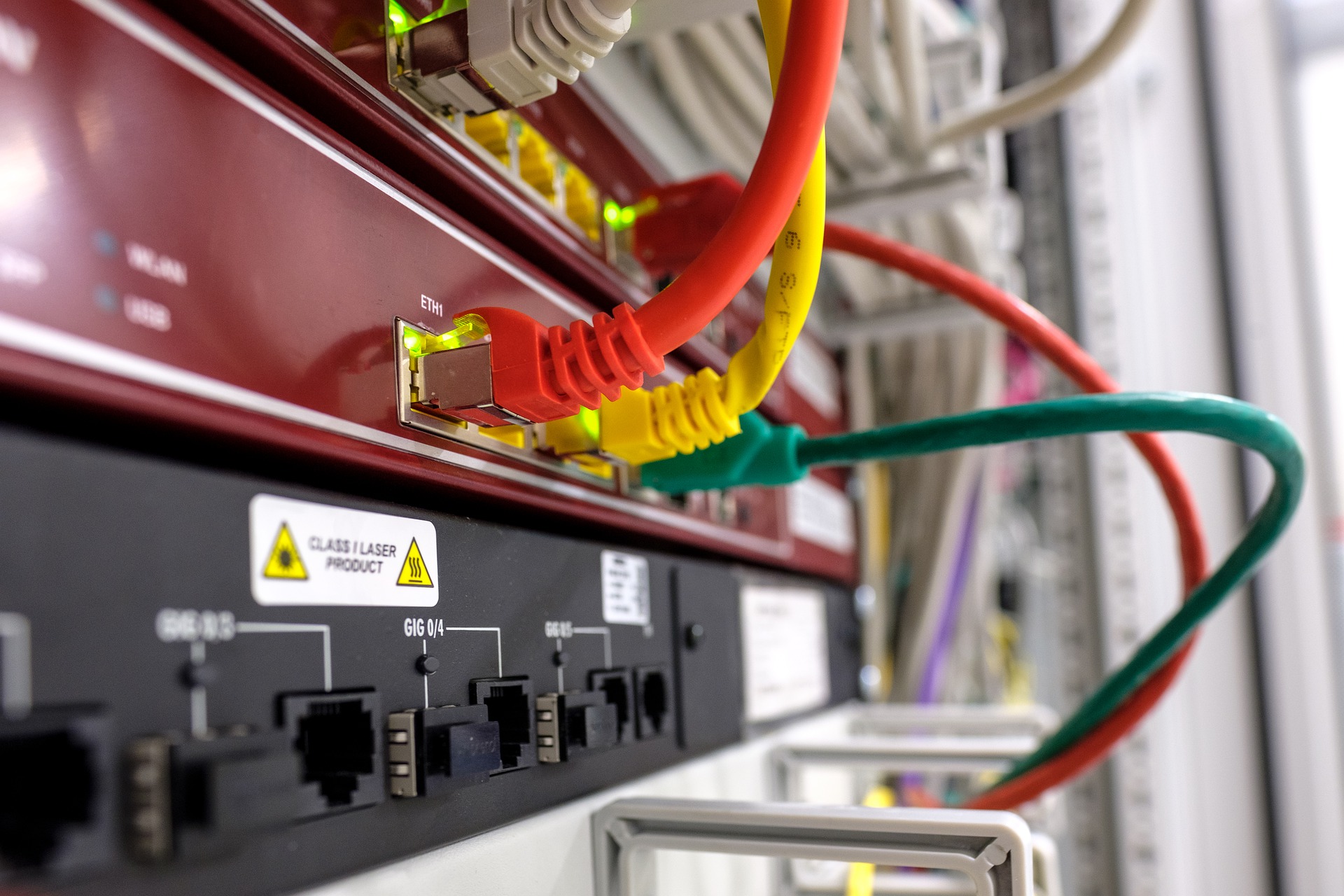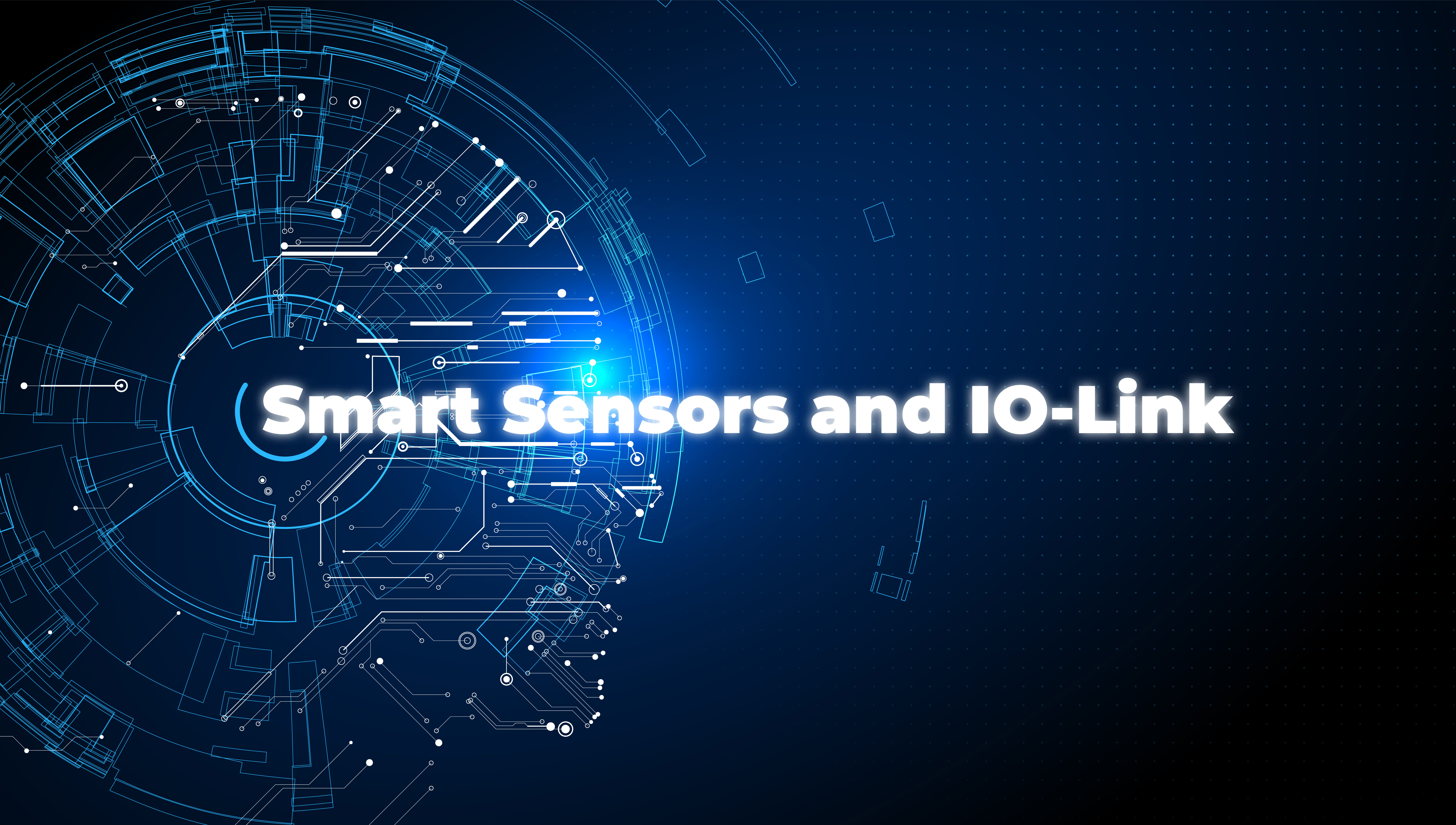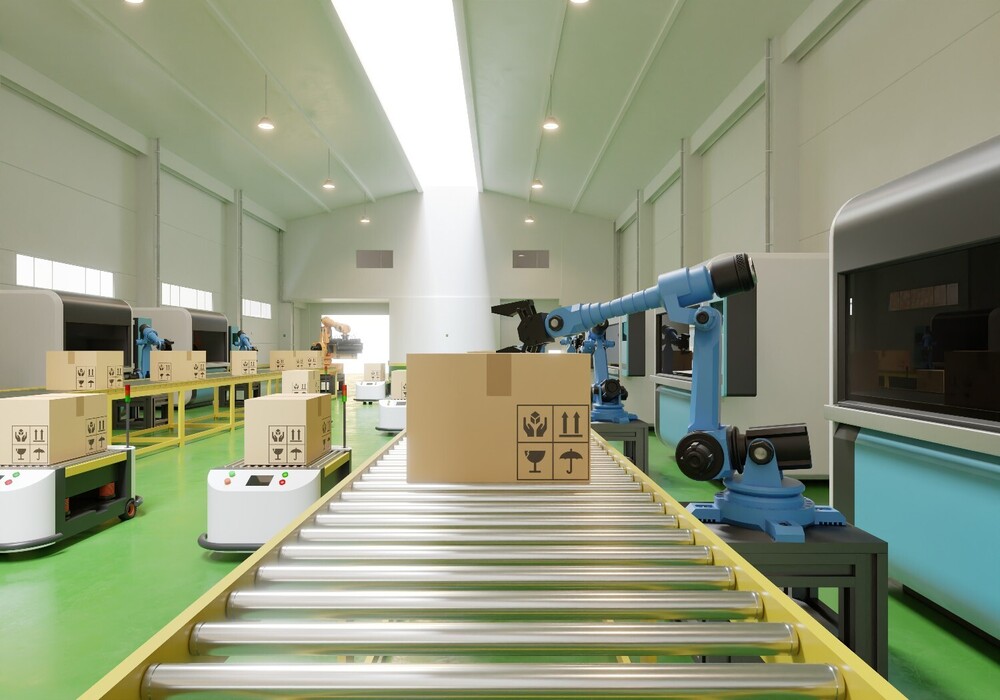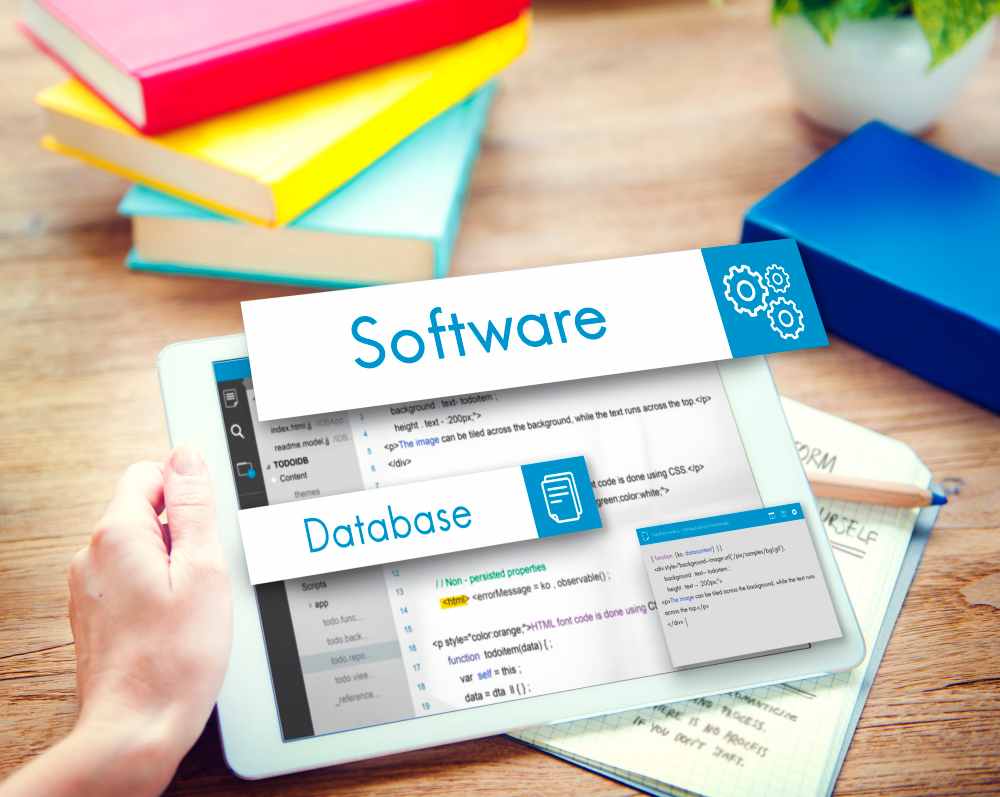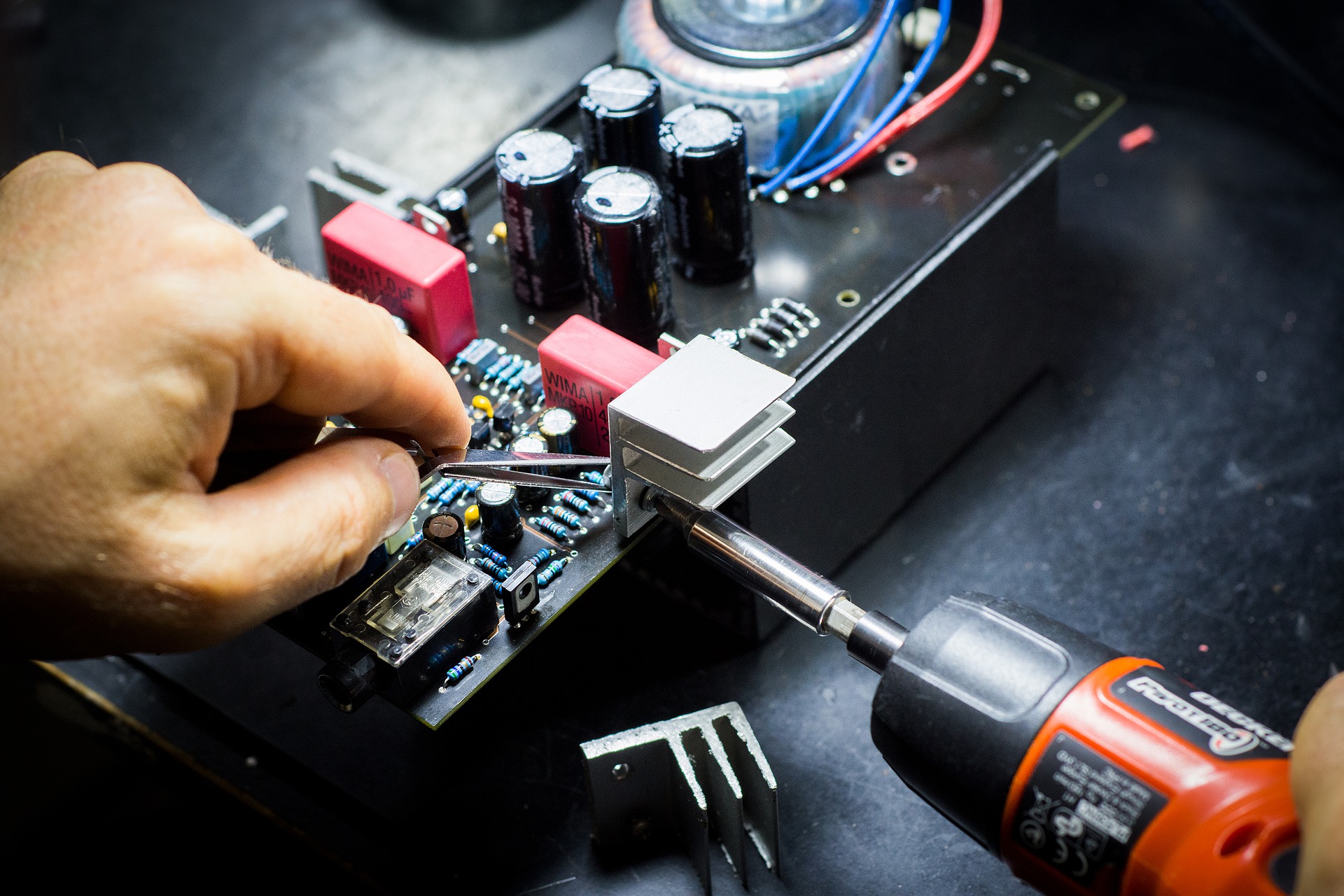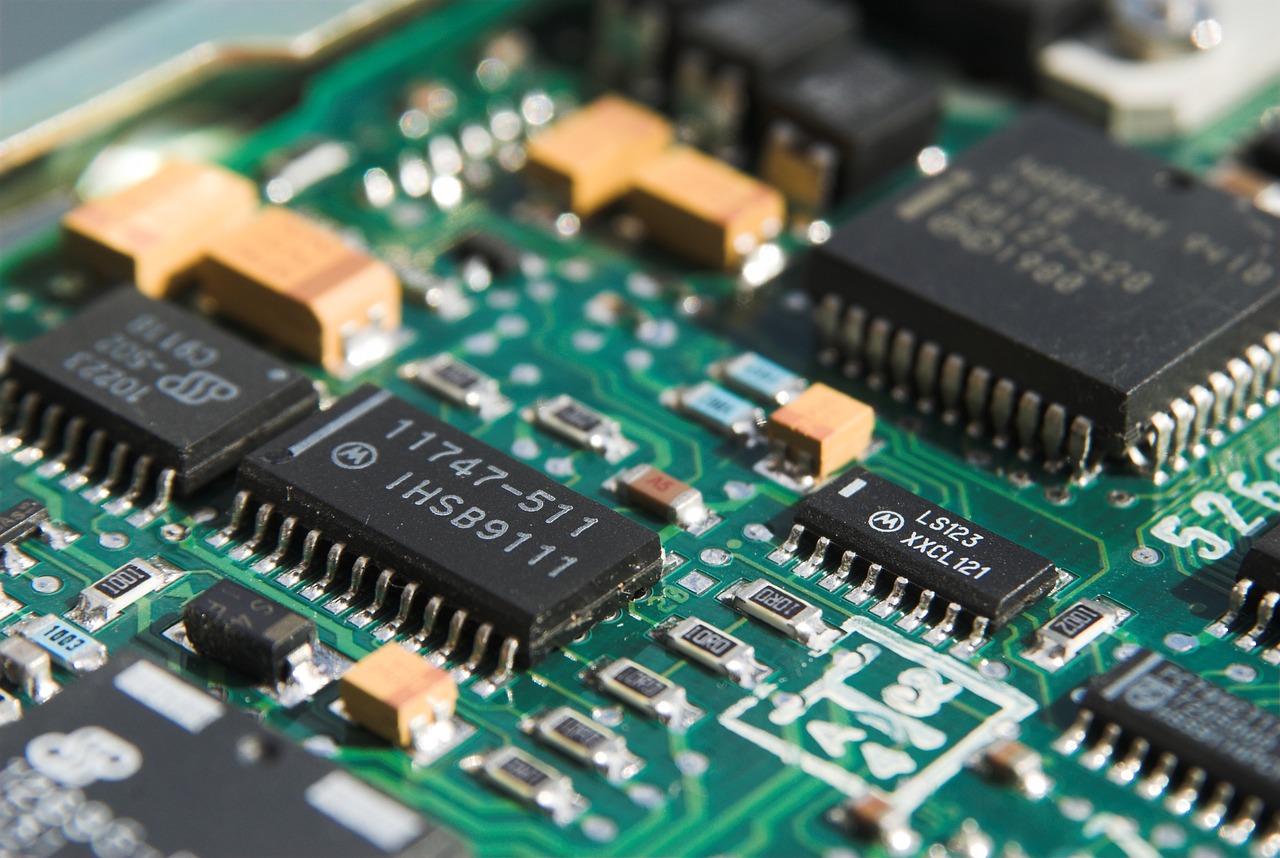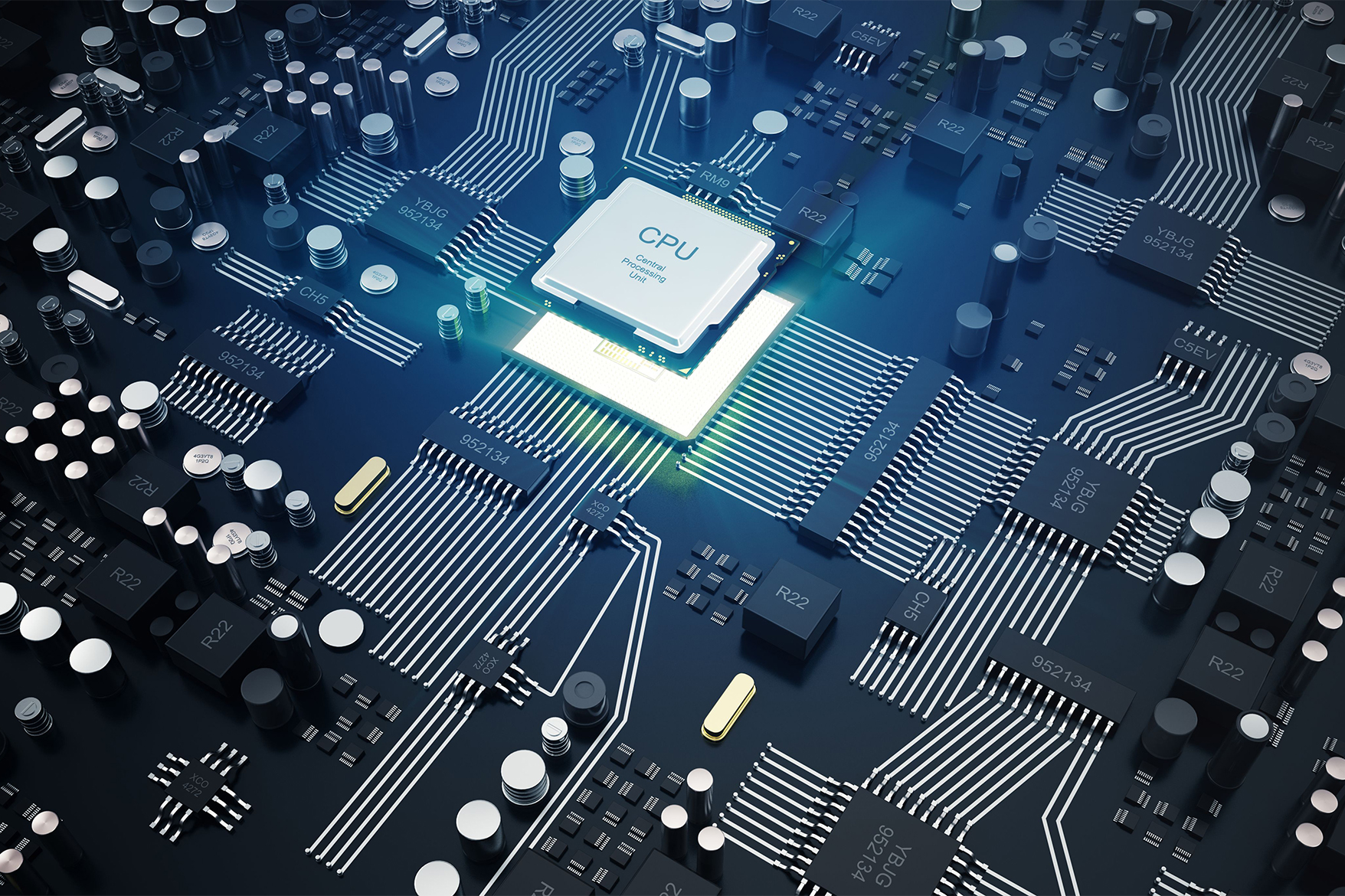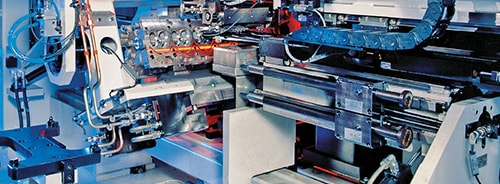Introduction
We have long realized that digitalization is the key to unlocking hidden business opportunities in the industrial sector. Digitization and digitalization becomes more successful when it is integrated across products, services, systems, and solutions. It is therefore essential to establish a seamless interoperability between the components of the enterprise and that of the automation systems. Over the years, industries have faced many challenges in building a unified structure that connects all the components, from factory floor devices to the host applications. We are now closer to the goal of building a unified system that delivers reliable interoperability, thanks to the development of OPC Unified Architecture and its easy implementation in the embedded layer. OPC UA allows you to connect field devices all the way up to the enterprise systems. Embedded OPC UA enables industries to utilize heterogenous data collected from various devices, exchange information with different components, and orchestrate processes across different layers. It also secures data storage and accessibility.
How Embedded OPC UA can Enhance Potential for Interoperability
Embedded OPC UA helps create a singular system (comprised of heterogeneous sub systems) that can work seamlessly with other systems. It presents multiple opportunities for control automation vendors and device vendors to make their products stand out with native open data connectivity that is more secure, easier to integrate in multi-vendor environments, and opens door to new markets due to the widespread use of OPC.
This strong demand for improved access to shop-floor data is driving machine and device vendors to use embedded OPC UA to build products that are interoperable with products (hardware and software) from other manufacturers. OPC UA makes it relatively easy for a multitude of applications to connect with each other. The built-in security enables vendors to provide their applications with the three pillars of secure connectivity: authentication, authorization, and encryption.
Embedded OPC UA SDKs can be ported to many embedded operating systems, including proprietary real-time operating systems, which consume the least memory and CPU resources. It finds application across the horizontal and vertical communication in an enterprise or plant.
Vertical Applications: This includes vertical integration from plant floor devices including the sensors/actuators and controllers in the field to IT systems or the cloud and vice versa.
Horizontal Applications: This includes horizontal integration for controller-to-controller (machine-to-machine M2M) communications.
Both these applications together facilitates the standardized secure communication and is also an enabler for:
- Making field devices smart for easy connectivity
- Conditioning monitoring (localized to devices)
- Asset health monitoring
- Device diagnostics
- Production monitoring
- Process and quality control
- Security management
Advantages of embedded OPC UA solutions
- OPC UA has been a popular standard for industrial communications since 2015 (its predecessor, OPC Classic, since the early part of this century)
- It is compatible with a wide range of OT and IT communication protocols
- It is scalable from sensor to cloud
- It allows for effective data management as it enables aggregation, access, secure transfer across the industrial network
- Industries can use embedded OPC UA with PubSub, cloud technologies and open source software for building effective interoperability solutions
- Embedded OPC UA also supports publish/subscribe communication model that can be used to establish one-to-many or bidirectional communication systems
- OPC UA communication is encrypted (though optional) hence ensuring data security
- Data obtained from embedded OPC UA devices can be routed via central or external gateways, which allows for multiple device configuration and management
- Once OPC UA is embedded in the devices, the engineer just needs to browse the tags to get the relevant information about the device
- Its small footprint lets you effectively integrate into a product with minimal changes to the power consumption, cost, complexity, and form factor
- Embedded OPC UA has an efficient internal architecture, which minimizes CPU utilization
Limitations and challenges of industrial interoperability
The biggest challenges of implementing industrial interoperability are:
Standardization
IIoT researchers state global standardization as one of the top challenge for industrial interoperability. Industries use devices from various manufacturers and follow unique processes. So, it can be difficult to come up with a one-size-fits-all solution.
Compatibility and connectivity issues
There is a gap in the communication between the existing resources and production process. In most cases, industries have islands of data that are maintained and accessed by different teams. Creating a cohesive network that can build a bridge between these islands of data can be a huge challenge for the developers.
Security
Data security is one of the critical factors that needs to be considered while implementing industrial interoperability. With all the data accessible from one point, the chances of cyber threats and hacks also rises. Therefore, security needs to be strongly considered while building an interoperable system.
Usage access
It is important to clearly define who will be given access and what they can access. Monitoring accessibility, especially on the production floor can be a huge challenge for all the stakeholders.
Cost
In the initial stages, when you are doing a complete overhaul of the existing system, the cost can be a huge limiting factor. Many companies worry about the returns on investment and hesitate to invest in OPC UA solutions. Therefore, it is important to work with experts who come with domain expertise and in-depth experience in OPC UA, so you get full value for your time spent and investment made.
Utthunga has over 12 years of experience in OPC UA server and client development. Our range of OPC UA services includes integration of OP UA in field devices and controllers, OPC UA in Edge devices, OPC UA to database integration, and several other use cases. We also offer OPC UA security consultation services. Contact Utthunga for more details on how you can implement interoperability in your company.



